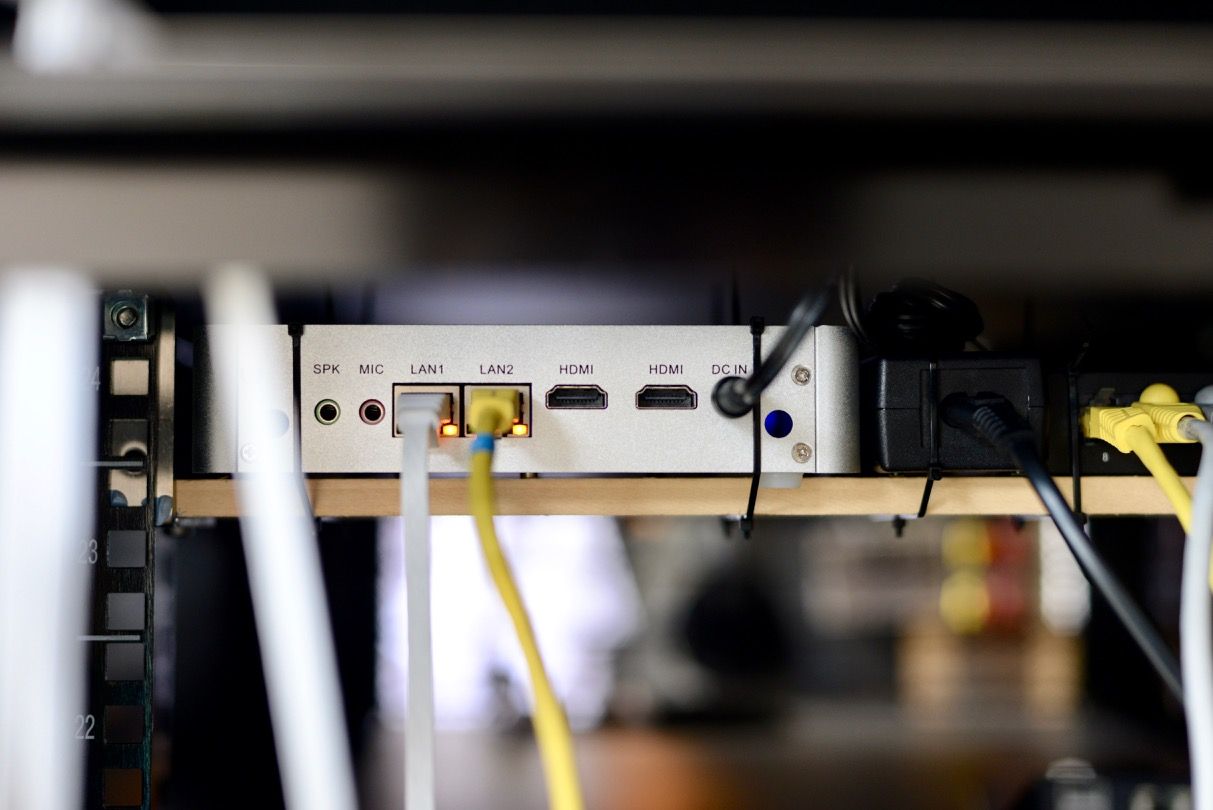Infrastructure 2017: Router Setup
After getting the hardware and installing embedded pfSense to a flash drive is configuration. My initial intention was to have my servers and home network (which guests use) on separate VLANs. However, I quickly realised that enabling VLANs caused poorer network performance, so I went back to a single network and used static DHCP allocations.
But I was still getting lower than 500Mbps speeds. My CPU was running at a 100%. While messing with settings, I found an odd solution: Enabling PowerD in System > Advanced > Miscellaneous. With it enabled, I could finally get close-to-gigabit speeds on wired clients!

My guess would be that PowerD allowed the CPU to run at higher clock rates.
After using this machine for a few days, I'm satisfied at the performance it delivers, for only $120 SGD! I'd recommend this to you for building a home server or router as a low-cost, low-power setup.
The case for this PC is not rackmounted, so I created a small shelf using a slab of wood and L brackets, and used zipties to secure the router, power brick and switch to the shelf. It now sits in my rack happily eating packets.
Next infrastructure upgrade: migrations to CoreOS! Stay tuned.
